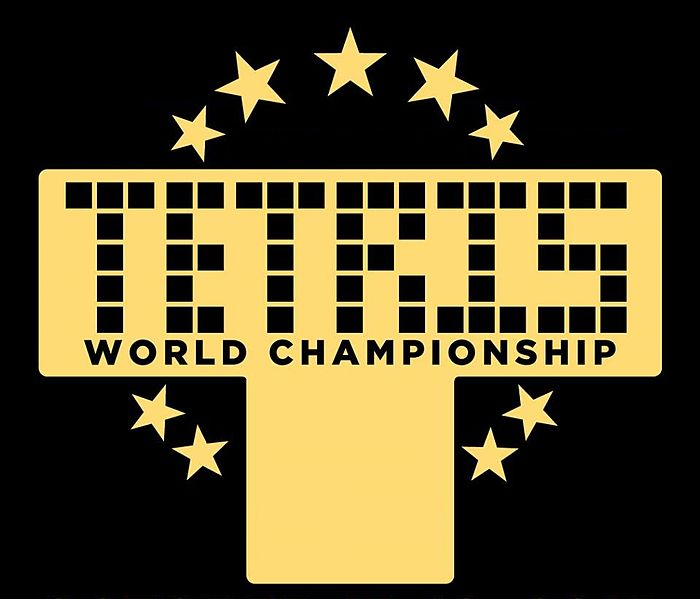What is Old is New Again: NES Tetris
How a thirty-year-old game is retaining relevance in modern times
The Classic Tetris World Championships is held every year at the Portland Retro Gaming Expo, and while it is the most famous tournament, other smaller events like Classic Tetris Monthly and Classic Tetris League have become hallmarks of the scene.
On the night of December 6th, 2020, the Classic Tetris World Championships (CTWC) grand finals pitted brothers Michael ‘Dog’ Artiaga and Andrew ‘PixelAndy’ Artiaga, ages 11 and 15 respectively, against each other in a grueling five-game match. They each cleared line after line, daring each other with risky setups for Tetrises, hyper tapping faster than they ever had before. Ultimately, ‘Dog’ came out the victor, etching his name into NES Tetris history as one of the greatest to ever touch a controller.
However, to understand this win, we might have to move backward in time a bit. In 1984, Soviet software engineer Alexei Pajitnov created the first version of Tetris. The game was a massive hit under the Iron Curtain, attracting the attention of foreign game companies. After many prolonged legal battles, Nintendo received the rights to the game and released NES Tetris in November 1989.
A year later, the company held the 1990 Nintendo World Championships, a tournament where players competed in 3 different games, Tetris included. Years later, it inspired Robin Mihara, a former competitor, to create the CTWC. “We always wondered why the biggest game in the world did not have a champion,” he said.
In 2016, the tournament received a massive boost in exposure when YouTube started recommending videos of tournament matches to users. The video of the grand finals match, which received over 13 million views, inspired a new, younger generation of competitors who have been developing new strategies and turning the game on its head. As of late, that revolution has been led by Christopher ‘Cheez’ Martinez by inventing the new powerful technique — rolling.
The strategy that has dominated recently for the last couple of years is to tap the d-pad as fast as humanly possible with one finger, known as hypertapping in the gaming community. In NES Tetris, this skill is crucial, since the speed increases when moving up levels, culminating in level 29, where the pieces usually drop to the bottom of the board in less than ⅓ of a second. However, hypertapping has several limitations. First, it is a strenuous activity for the hand and arm to tap that fast, and second, tapping at those high speeds without making mistakes is almost impossible.
This is where ‘Cheez’ came in. “I got the idea for rolling from the piano technique for repeated notes, which involves using multiple fingers. I originally tried rolling on the top of the d-pad, but the inputs were way too inconsistent, so I tried rolling on the back,” he said. By striking the bottom of his controller and keeping pressure on the d-pad with his thumb, Cheez could move the pieces faster and more consistently than with hypertapping.
With the technique on his side, Cheez has been setting world records left and right. Since April 2021, he cleared the most lines, achieved the highest score on a level 29 start (currently sitting at 161 lines and 570,000 points respectively), and became the first player to reach level 40. He is confident that others will grow to master the technique. “Rolling is definitely the future of the game… It seems to be the best method to achieve speeds near the limit of the game while maintaining controllability and precision,” he said.
David ‘aGameScout’ MacDonald, one of the top content creators in the community, agrees with Cheez. “Eventually I would think almost all the top players in the scene will be rollers of some kind. There is a building sentiment among the top hypertappers now that they need to learn rolling to keep up.” Looking back at the grand finals match, it can be seen as the end of an era for the community, a passing of the torch.
As a whole though, the Tetris community is home to a group of some of the most open, friendly, and welcoming people in all of esports. “Everyone is very nice, I think in large part due to good role models in the scene,” said MacDonald. The amiability of the group means that there is almost nothing stopping the NES Tetris scene from growing even more.
In 1984, Soviet software engineer Alexei Pajitnov created the first version of Tetris. The game was a massive hit under the Iron Curtain, attracting the attention of foreign game companies.
Tzvi Kalb is an Editorial Editor for 'The Science Survey.' For Tzvi, journalistic writing gives him incredible freedom to write on important issues and...











